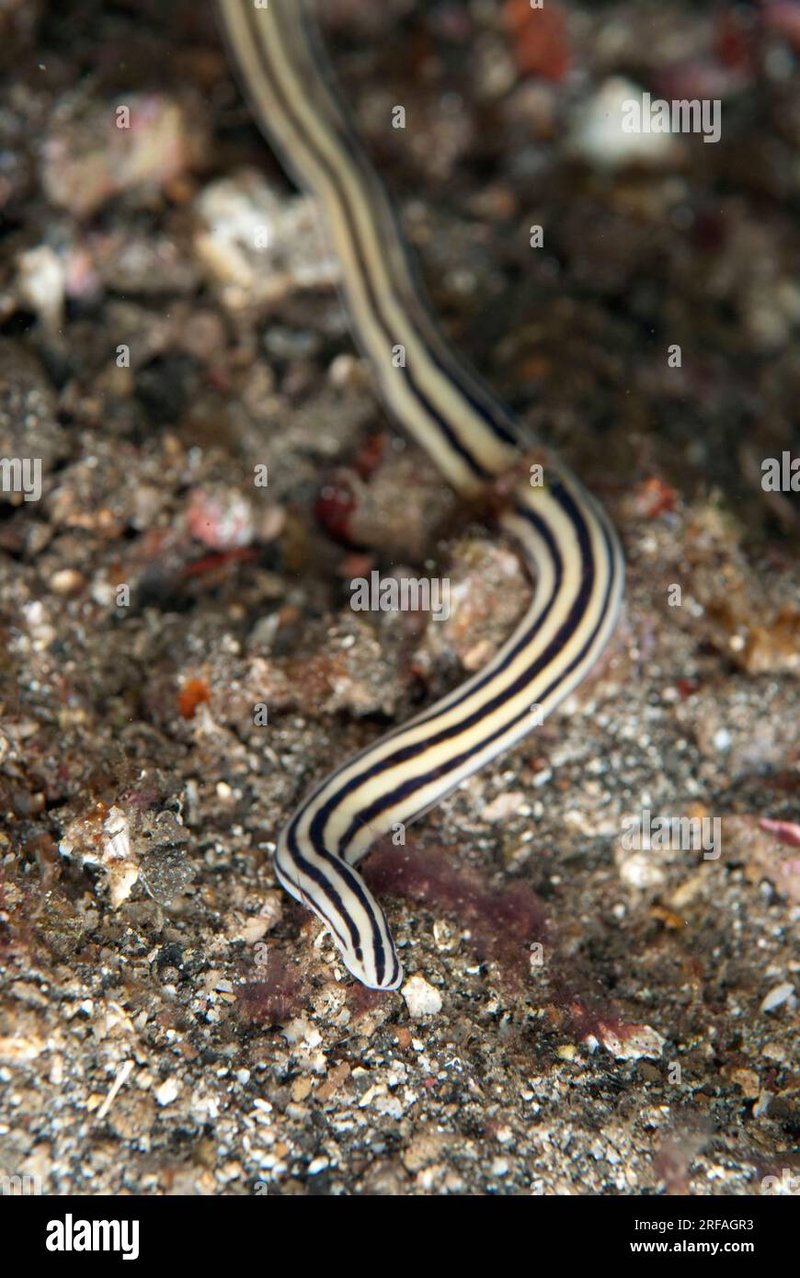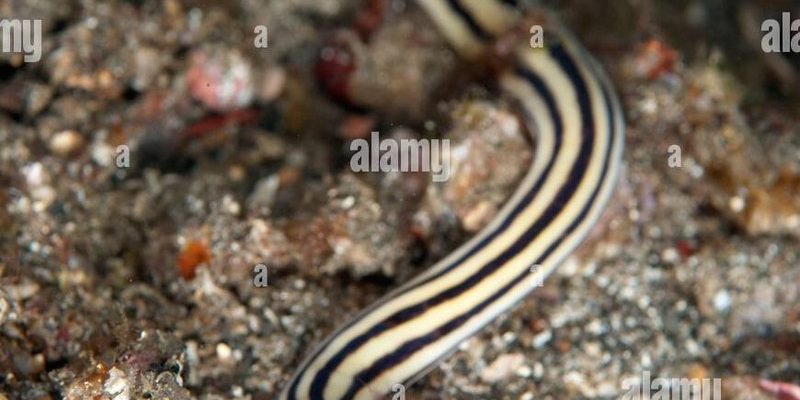
Imagine the ocean as a bustling city. In this city, ribbon worms are like the unsung heroes working behind the scenes. They feed on smaller invertebrates and are, in turn, a food source for larger predators. Understanding their role in the intricate web of life in our oceans can help us appreciate the complexity of marine ecosystems and the delicate balance that exists within them.
Ribbon worms are not just your average sea creature; they showcase some unique traits and behaviors that make them stand out in the marine world. Let’s dive deeper into what ribbon worms are, how they fit into marine food webs, and why they matter for the health of our oceans.
What Are Ribbon Worms?
Ribbon worms belong to the phylum Nemertea and can range from just a few millimeters to over 30 meters in length! They have a distinct, elongated body that resembles a ribbon, hence their name. These creatures are mostly found in marine environments, lurking in the sand or hiding among rocks.
One fascinating feature of ribbon worms is their ability to extend a unique structure called a **proboscis**. This long, tube-like appendage can shoot out to catch prey, injecting them with venom. Talk about a cool hunting strategy! Their diet mainly consists of small invertebrates, such as crustaceans and polychaete worms, making them effective predators in their habitat.
You might be wondering how ribbon worms reproduce. Most ribbon worms can reproduce both sexually and asexually, with some species even capable of regenerating lost body parts. This flexibility gives them a better chance of thriving in changing environments.
The Role of Ribbon Worms in Marine Food Webs
So, how do ribbon worms fit into the bigger picture of marine food webs? In simple terms, they’re like the glue that holds some parts of this intricate system together. As predators, they consume smaller invertebrates, helping regulate their populations.
When ribbon worms eat, they not only keep their prey in check, but they also provide a food source for larger animals. Fish, sea birds, and even some mammals feast on these worms. In this way, ribbon worms act as a vital link between various levels of the food web.
Let’s think of it this way: if the food web was a game of Jenga, ribbon worms would be some of the blocks that help stabilize the tower. If they disappeared, we could see negative impacts on other species, leading to an unstable ecosystem. It’s all connected!
Characteristics of Marine Food Webs
Marine food webs are complex networks of interactions among organisms. They illustrate who eats whom, from the smallest phytoplankton to the largest whales. Understanding these web dynamics is essential for marine biology and conservation efforts.
One key component of marine food webs is the difference between **producers** (like plants and algae) and **consumers** (like animals). Producers convert sunlight into energy, while consumers rely on these producers or other consumers for their sustenance. Ribbon worms, as consumers, sit further up the food chain, showing how energy moves through the web.
In a typical food web, you have several levels:
- Producers: Phytoplankton and seaweed
- Primary consumers: Small herbivores, such as zooplankton
- Secondary consumers: Ribbon worms and larger predators
- Tertiary consumers: Fish and marine mammals
The balance of these levels can shift due to various factors, such as pollution, overfishing, and climate change, all of which can impact the survival of ribbon worms and their predators.
Threats to Ribbon Worms and Their Impact on Ecosystems
Like many marine creatures, ribbon worms face threats from human activity and environmental changes. Pollution, habitat destruction, and climate change all play a role in their declining populations.
Pollution can affect the water quality in which ribbon worms live, impacting their health and reproduction. For example, sedimentation from coastal development can smother their habitats, making it difficult for them to thrive. In addition, rising ocean temperatures can lead to shifts in the distribution of prey species, disrupting the delicate balance of food webs.
If ribbon worm populations decline, other species that rely on them for food will also be affected. This cascading effect can lead to broader ecological impacts, disrupting the entire marine ecosystem. Protecting ribbon worms is vital for maintaining the integrity of marine food webs.
The Importance of Conservation Efforts
Conservation efforts play a crucial role in sustaining marine ecosystems and the organisms that inhabit them, including ribbon worms. Protecting their habitats and addressing pollution can help ensure these creatures continue to thrive.
Organizations working to conserve marine environments often focus on restoring habitats, reducing pollution, and promoting sustainable fishing practices. Each step taken helps maintain the balance of marine food webs and ensures that creatures like ribbon worms can continue playing their role.
You might be wondering how you can help. Simple actions, like reducing plastic use, supporting clean-up efforts, or advocating for marine protection policies, can have a significant impact. Every small effort counts!
Ribbon worms might not be the first creatures that come to mind when you think about ocean life, but they’re vital to the health of marine food webs. Their role as predators and prey creates a balance that keeps the ocean ecosystem thriving.
By learning about these fascinating animals and the challenges they face, we can better appreciate the complexity of life beneath the waves. Every creature, no matter how small, plays a part in the larger tapestry of nature. So the next time you dip your toes in the ocean, remember that even the least glamorous inhabitants, like ribbon worms, contribute to the beauty and vitality of our planet’s waters. Let’s do our part to protect them and ensure a healthy future for all marine life!

